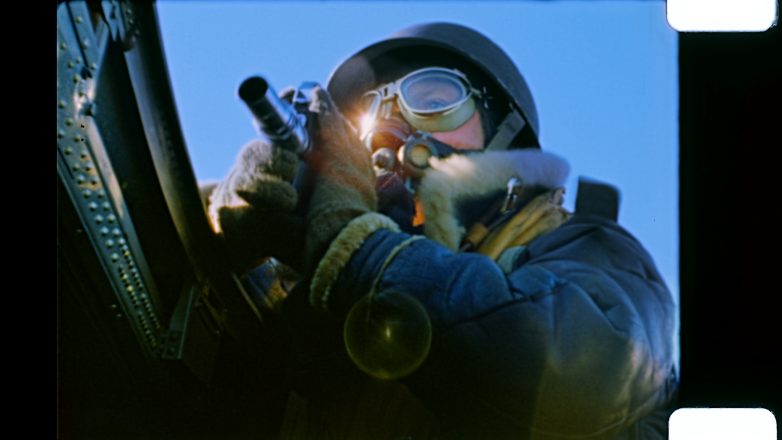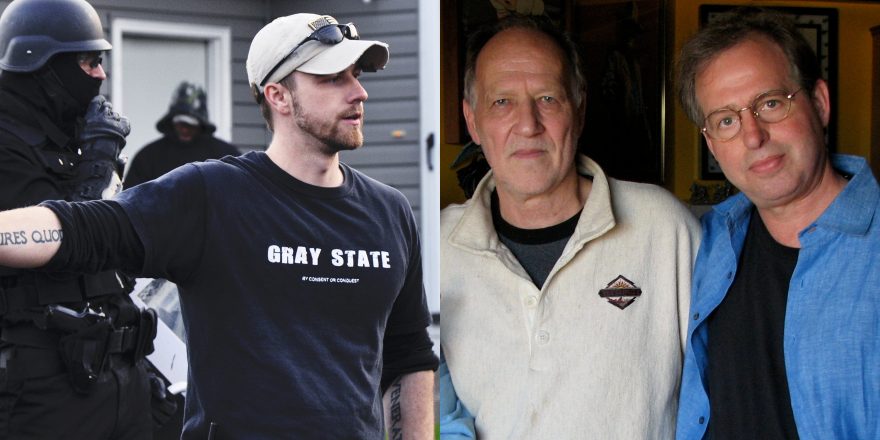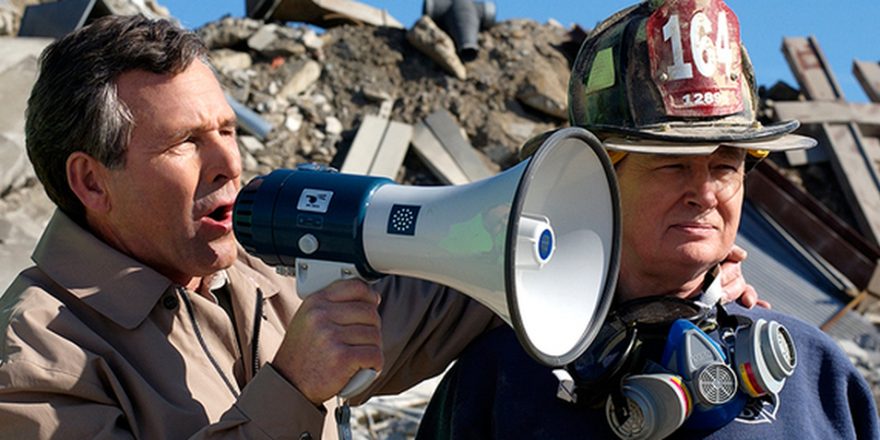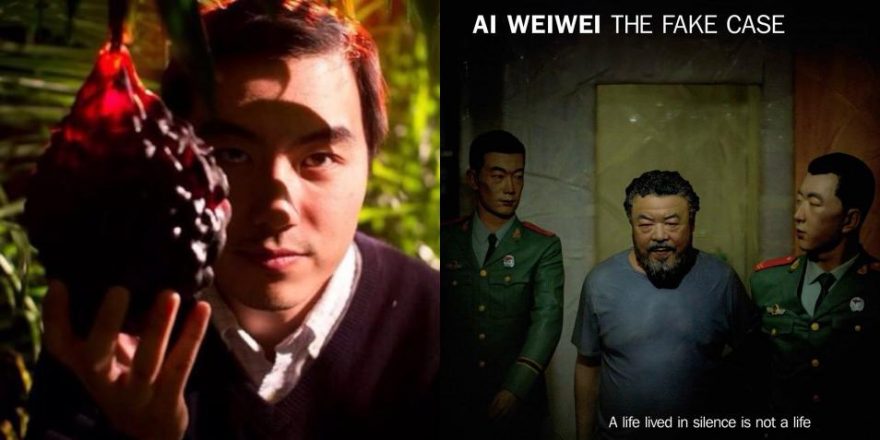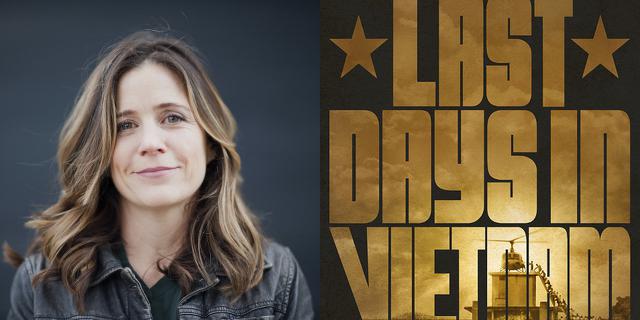“Of all the liars, the smoothest and most convincing is memory.” My pal Harlan Ellison used to say that all of the time (and he would also want you to know that that line wasn’t his. Harlan was picky about giving credit where due). How then is it possible to tell the truth about our shared past? We have recently seen the emergence of three documentaries that revolve around the restoration of archival footage to depict a forensic kind of truth. They Shall Not Grow Old takes us back to the devastating British experience of World War 1, Apollo 11 recreates a moment of technological triumph and the last call of American “can-do” optimism, and my film The Cold Blue celebrates the “last of the best,” the young men who flew suicidally dangerous combat missions in B-17s over Germany in World War II. All of these films spraying Windex onto the murky window of the past – and give it a good big-screen, immersive-sound-design wipe.
These three documentaries have all generated a surprising amount of critical attention and box-office success, clearly speaking to modern audiences in a way that has surprised many. Nostalgia for a lost past has never seemed so vital, which perhaps says more about the dysfunction and demoralization of our current life and times than we might care to admit.
As for myself, I have long been fascinated with the secret history of the 20th century. Not what is in the books, but what really happened behind the scenes and in the margins. All too often, history has been reduced to cliché, or black-and-white images that immediately distance us from the past, with the quotidian details that bring history to life obscured.
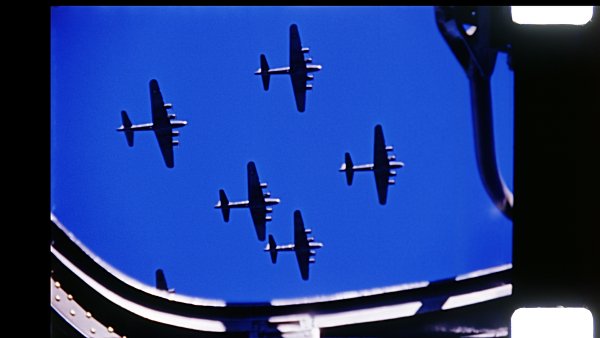
The Cold Blue was a chance for me to attend to those details, as well as pay homage to a generation that became inadvertently great, along with a filmmaker who worked very hard at staying great, William Wyler.
It started with a chance discovery of all 34 reels of the source material for Wyler’s classic documentary The Memphis Belle — filmed during the spring and summer of 1943 on 8th Air Force bases in England, and on bombing missions over Nazi occupied Europe. During production, one of Wyler’s cameramen, Harold Tannenbaum, was lost along with his plane over France. Since The Memphis Belle’s original release, all copies have deteriorated, and laboratory scratches inflicted on the original footage in 1943 remained. When I learned about the existence of the 15 hours of Wyler’s raw footage, in radiant color, that captured, home-movie style, the insanely risky missions flown by the 8th Air Force, I knew there was a new story that demanded to be told. But first, we replaced 500 individual shots of this raw footage over the 1944 The Memphis Belle’s existing soundtrack, and fully restored that film to pristine condition.
At the same time, we had the audacity to make an entirely new film out of the Wyler outtakes, The Cold Blue — a project that started with some key questions. How is it possible to update the past in a way that reflects reality, yet speaks to a contemporary audience? How can we depict events that took place over 75 years ago, when both the images and the men behind those images are fast fading? How can we return to a time when fighting against Nazis was an unambiguous and imperative mission, and not a subject for political debate?
The original Memphis Belle was a masterpiece of early documentary filmmaking, but it was first and foremost a brilliant and subtle piece of propaganda, officially commissioned and funded in order to justify the carnage of the Allies’ daylight strategic bombing of Germany. Astonishingly, in spite of its “official” intended purpose, Wyler managed to convey much of the horror these men endured – but his film remains a product of its era.
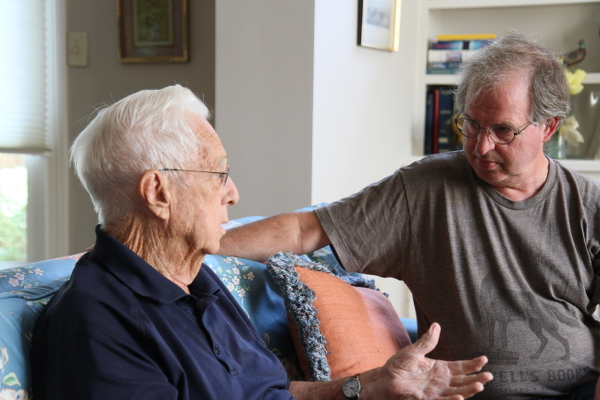
I felt that our times today demanded a different kind of film, a different angle of creative attack that would allow the past to speak for itself, with as little mediation as possible, so The Cold Blue has no narration save the voices of nine of the last surviving members of the 8th Air Force, who describe the intimate, everyday details of their lives and perilous times 75 years ago.
During the making of The Cold Blue, I was always conscious of honoring these achievements that the men in front of — and behind — the camera made when this footage was originally captured. At the same time, I had to extend their considerable achievements into a new century, and provide a new theatrical platform for their work. The Cold Blue needed to speak, in the words of Wyler’s fellow “fighting director” Frank Capra, “to their fellow countrymen in the dark.” Every creative decision I made balanced these perspectives, hopefully, constructing a celluloid time machine that transports the viewer into The Cold Blue over Germany, in that bloody spring of 1943.
In The Cold Blue, there are no smooth-talking liars, just raw history as told by the winners and acknowledged heroes, a heroic perspective shared by both They Shall Not Grow Old and Apollo 11.
But in the words of the great jazz musician Dizzy Gillespie, “The professional is the guy who can do it twice.” Now that this genre of “big-screen history” documentary has been populated and popularized, what comes next? What can we still learn from the past? What do we need to learn? And most importantly, why should we learn these lessons now?
For my next project, I am trying to use these same techniques of forensic reconstruction to tell a very different kind of story, but that showcases an infinitely more malign worldview – the perspective of Nazi Germany.
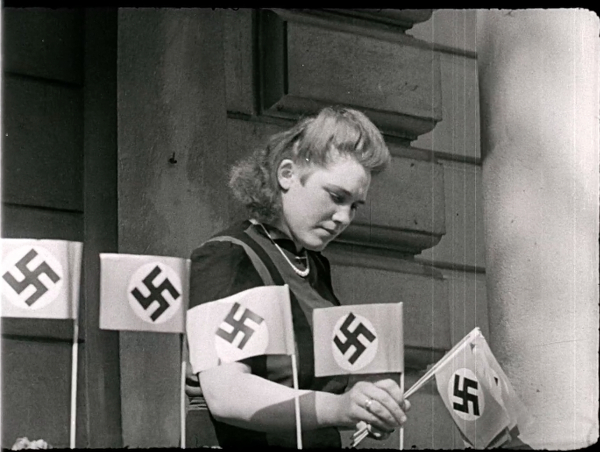
In the film we are developing, Their Struggle, we are starting with new questions that provide us our organizing principle. How does a nation convince itself that perpetuating evil is a mission statement? How can reality be twisted into justifying any abhorrent behavior? When does “fake news” cross over into propaganda?
This next big-screen historical flashback will address these questions head on, in an immersive look at the ultimate propaganda: 150 hours of newly restored weekly Nazi newsreels, Die Deutsche Wochenschau. From 1940 until only a few weeks before the Third Reich came crashing down, these half-hour newsreels presented the only “breaking news” the State would allow — convincing a nation that their cause was just, their struggle essential. No German citizen was allowed to see any feature presentation without first watching one of these newsreels in its entirety.
This was a time when “fake news” was the only news.
Under lock and key for 75 years, these images were considered by German archivists as too potent, too controversial, too disturbing for mass dissemination, but times have changed, and access has finally been allowed. By presenting these images in their original hypnotic power, we hope to confront and, yes, disturb audiences today.
This will be a horror film and, sadly, a timely one. As fascism begins to fester again throughout the world, there has never been a more urgent time to reconnect audiences with images from the past — no matter how unsettling that connection — so we might learn what to look out for today.
“Nostalgia ain’t what it used to be,” said noted philosopher king Yogi Berra, but we need it today more than ever.


